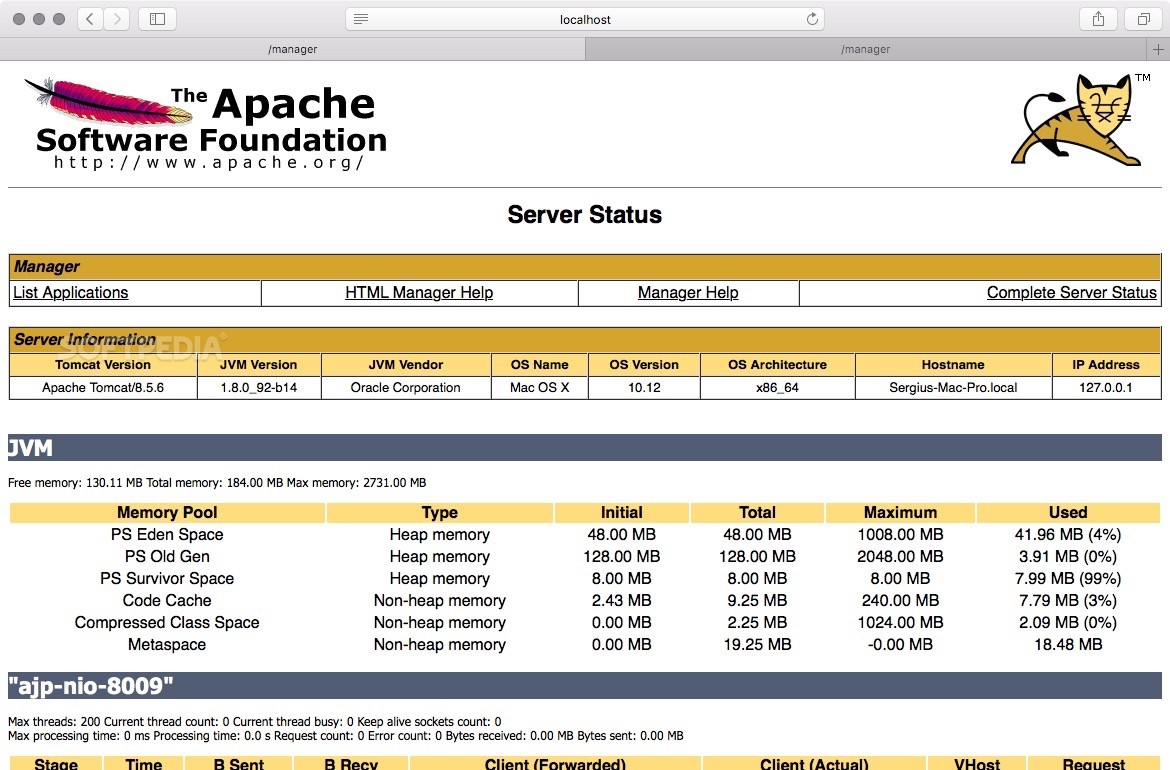
APACHE TOMCATFEDORA SOFTWARE
APACHE TOMCATFEDORA PASSWORD
If you don't know the password for the root user, for example if you are on a hosted server, you will have to create a new database before you run the MediaWiki installation script in the next section. If you already have a database server and know the password for the "root" (admin) user, skip to the #Run the installation script section below.

MediaWiki's installation script will ask you for a database name and database username, so MediaWiki can store the content of the wiki.

If your web server is running as for example, renaming to /w/ directory would mean you would access your wiki at Do not use /wiki/ if you want to set it up as a Short URL after running the installation script. Rename the uploaded folder to whatever you would like to have in the URL. In Red Hat and Fedora, the file is /etc/httpd/conf/nf. In Debian and Ubuntu, the file for Apache server settings and directories is /etc/apache2/nf. The exact location of the Apache server settings and directories file nf depends on your operating system. If you use the Apache HTTPD web server, the correct directory is specified in your nf file in the DocumentRoot directive.īy default, this is /var/www/ or /htdocs. If your upload tool has a "change file names to lowercase" option, then you must disable this.

by using an FTP client such as FileZilla (Windows, OSX and Linux) or Cyberduck (Windows and OSX).directly copying the unzipped folder or.Upload the files to your web server's web directory either by: If you have not already uploaded the files to your web server (or copied, if your web server software runs locally on your localhost), do so now. On Linux systems, the command would be using chown as the following: chown -R More info: Manual:Security#File_permissions
APACHE TOMCATFEDORA ARCHIVE
If you uncompress the archive file while being the root/admin user, you may want to change file ownership afterwards, depending on your setup.


 0 kommentar(er)
0 kommentar(er)
